18 Mysterious Places on Earth That Defy Explanation
There are places in the world that leave people puzzled and fascinated at the same time. From strange natural formations to unusual man-made structures, these locations have stories that spark curiosity. Many of them have been studied for years, yet their mysteries remain. Some inspire wonder while others raise more questions than answers. As you read ahead, you will come across locations that challenge what we think we know.
This post may contain affiliate links, which helps keep this content free. Please read our disclosure for more info.
Bermuda Triangle

The Bermuda Triangle is an area in the North Atlantic Ocean between Miami, Bermuda, and Puerto Rico. It has a long history of ships and aircraft disappearing under unclear circumstances. Many theories exist, from unusual weather patterns to equipment malfunctions, but no definite answer has been found. This has made the region a topic of speculation for decades.
Despite studies, no single cause explains the incidents that have occurred there. Weather reports, strong currents, and navigation errors may play a role, yet the mystery remains unsolved. The lack of consistent evidence adds to the uncertainty. It continues to attract both scientists and curious travelers who want to learn more.
Moai Statues of Easter Island
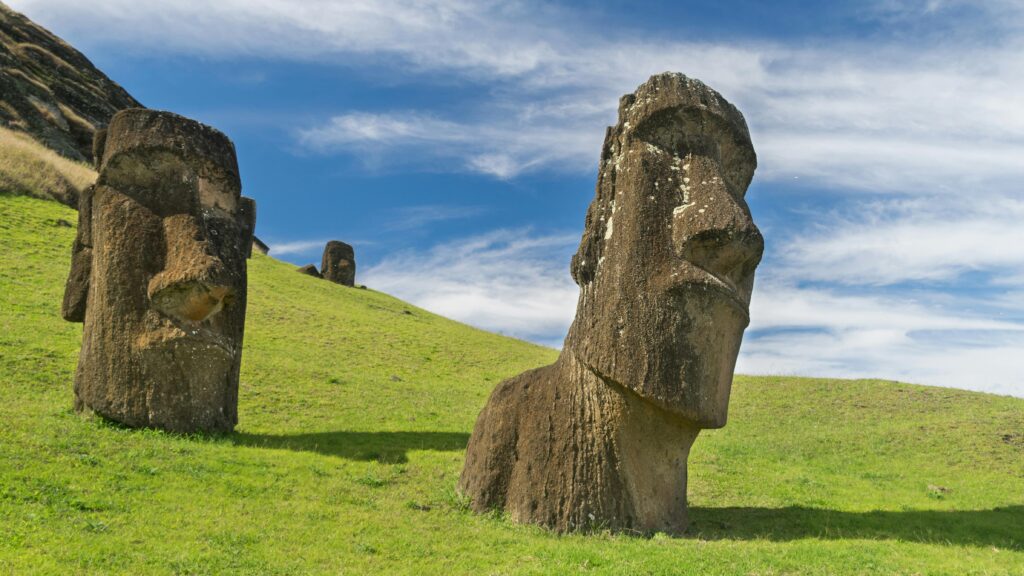
The Moai statues are massive stone figures located on Easter Island in the southeastern Pacific Ocean. These statues were carved by the Rapa Nui people centuries ago, yet their exact purpose is still debated. Some believe they represent important ancestors, while others think they held religious significance. Their sheer size and weight make it unclear how they were moved across the island.
Archaeologists have discovered that many Moai have buried bodies beneath the heads. The way the ancient islanders transported and placed these statues without modern equipment remains unknown. Limited written history makes it difficult to fully understand their cultural meaning. They continue to be one of the most iconic archaeological mysteries in the world.
Antarctica’s Blood Falls
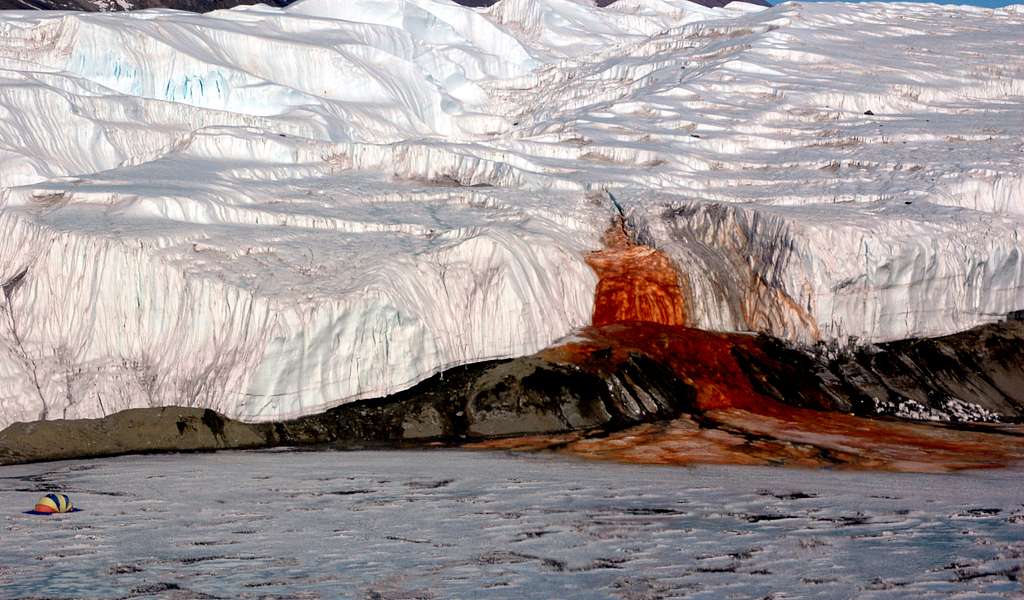
Blood Falls is a stream of red water flowing from Taylor Glacier in Antarctica into Lake Bonney. The water gets its color from iron-rich brine, which oxidizes when it meets the air. While the coloring process is understood, the source of the water and how it remains liquid under such cold conditions is still puzzling. Scientists believe it may have been trapped beneath the ice for millions of years.
The high salt content prevents the water from freezing, even in subzero temperatures. This brine also contains unusual microbes that survive without sunlight. The extreme isolation of the site makes it difficult to study thoroughly. As a result, some details about its origins and ecosystem are still uncertain.
Crooked Forest in Poland
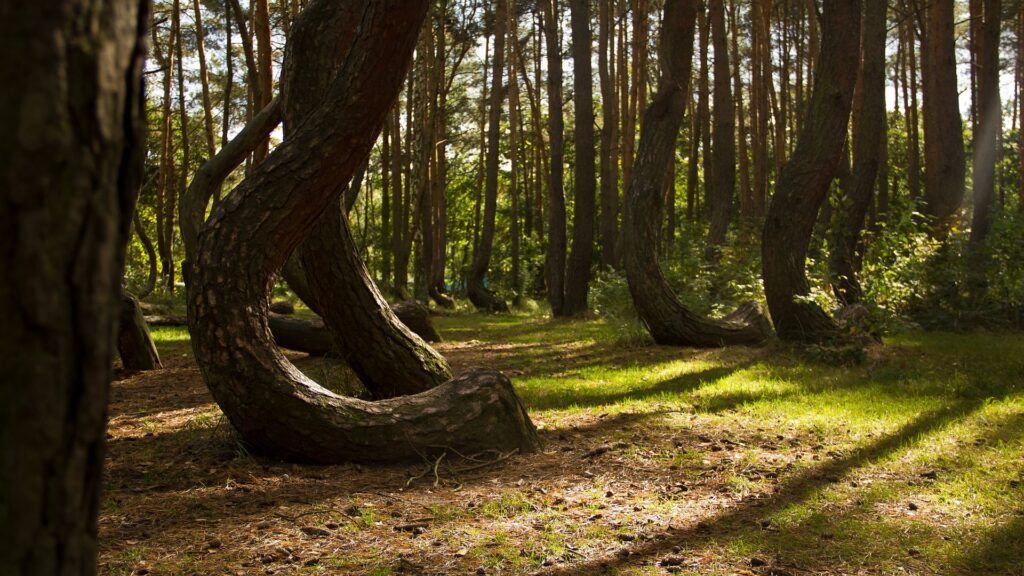
The Crooked Forest is a grove of pine trees near Gryfino, Poland, with trunks that curve sharply at the base before growing upward. Each tree has the same distinctive bend, which has baffled observers for years. The exact cause of this shape is unknown, though some suggest human intervention during their early growth. Others think heavy snowfall or soil conditions may have influenced their form.
The forest was planted around 1930, yet no official records explain its unusual shape. Many of the surrounding trees in the area grow normally, making the bent pines stand out. Without a clear historical explanation, the mystery remains open. It is now a protected site that draws many curious visitors.
The Door to Hell, Turkmenistan
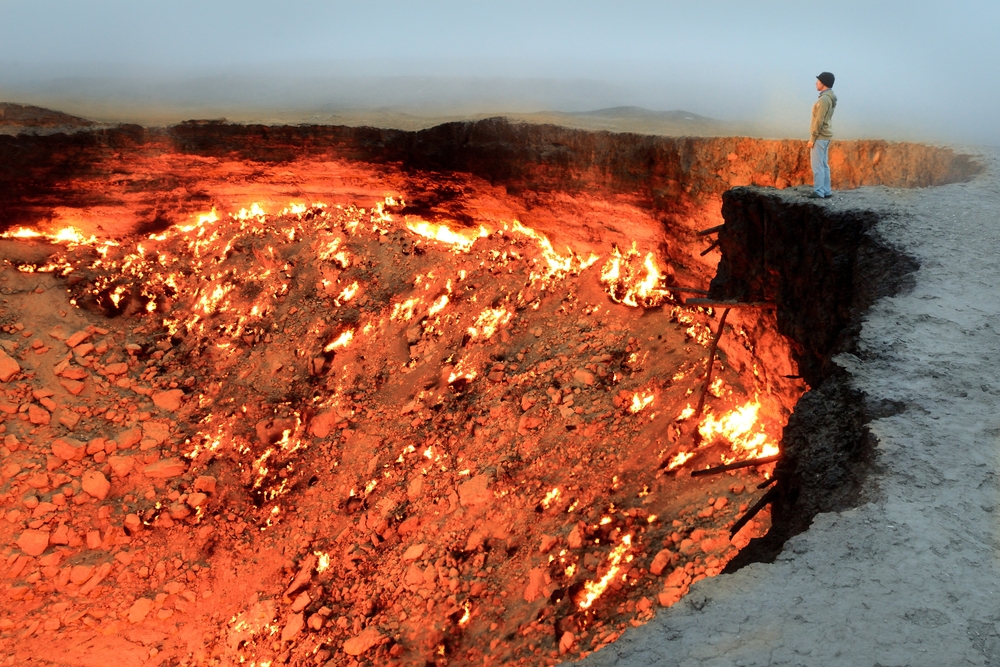
The Door to Hell is a massive burning crater in the Karakum Desert of Turkmenistan. It has been burning for decades after a drilling accident reportedly caused the ground to collapse. Scientists set it on fire to prevent the spread of methane gas, expecting it to burn out in weeks. Instead, it has continued to burn to this day.
The exact timeline of its creation is still debated, as there are conflicting accounts of when the event occurred. Its continuous flame and harsh desert surroundings create an eerie sight. The intense heat and hazardous gases make it dangerous to approach closely. Despite the risks, it attracts adventurous travelers from around the world.
Nazca Lines
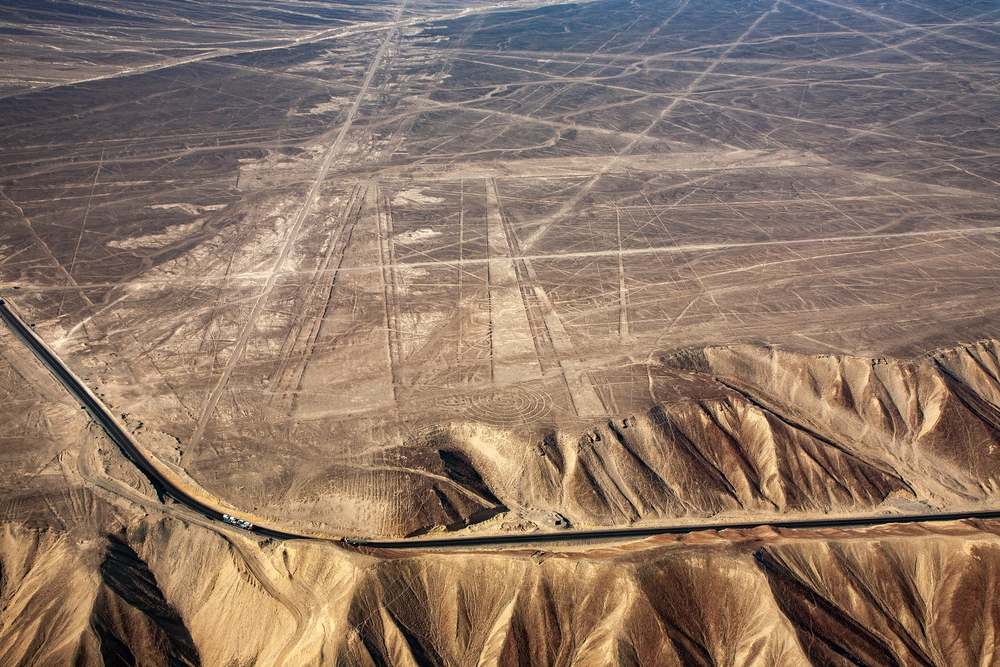
The Nazca Lines are massive geoglyphs carved into the desert floor in southern Peru. They depict animals, shapes, and straight lines stretching for kilometers. They were created by the Nazca culture over a thousand years ago, yet their purpose is still unclear. Some theories suggest they were astronomical markers, while others think they had ceremonial use.
The sheer scale of the lines can only be appreciated from the air, which raises questions about how the ancient creators designed them without flight. Preservation has been possible due to the region’s dry climate. However, erosion and human activity now threaten some of the figures. Their original meaning remains one of the great archaeological mysteries of South America.
Hessdalen Lights
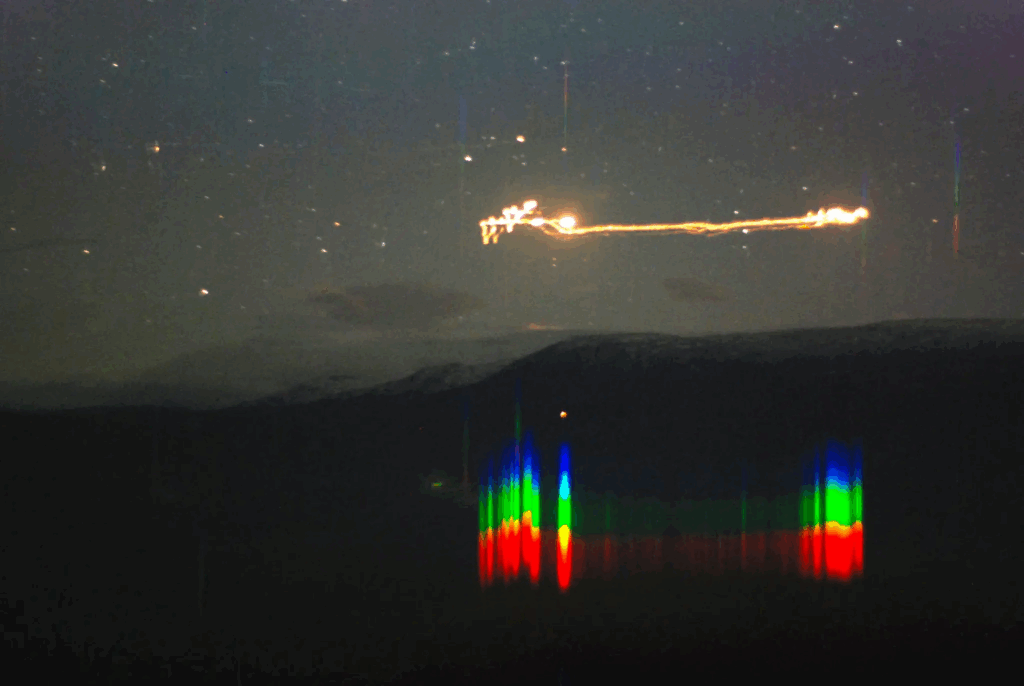
The Hessdalen Lights are unexplained glowing orbs that appear in the Hessdalen Valley of Norway. These lights can be white, yellow, or red and sometimes move slowly while other times they dart quickly. They have been observed for decades, yet their cause is still unknown. Scientists have proposed theories involving atmospheric gases or plasma, but no final answer exists.
The lights appear at irregular intervals, making them difficult to study. Some sightings last only a few seconds, while others linger for minutes. The remote location adds to the challenge of gathering consistent data. Despite various research projects, the phenomenon remains unsolved.
Pyramids of Giza
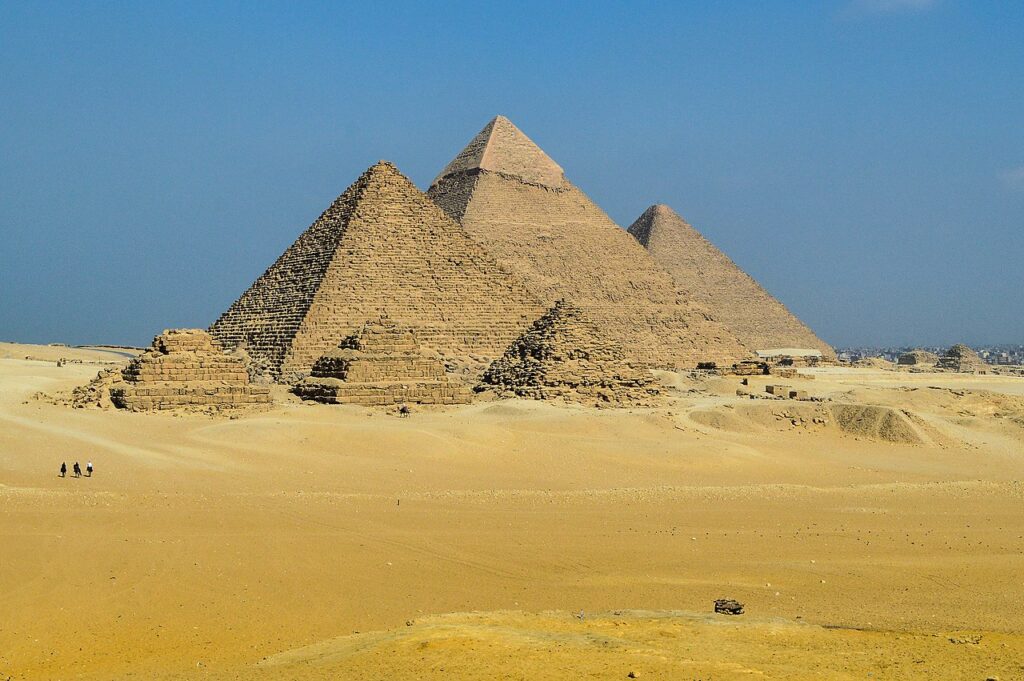
The Pyramids of Giza in Egypt are among the most famous ancient structures in the world. Built as tombs for pharaohs over 4,000 years ago, their exact construction methods remain a mystery. The precision of their alignment and the massive stones used continue to puzzle researchers. Various theories exist about ramps, levers, or other techniques, but none have been proven beyond doubt.
Their durability over millennia adds to the fascination, surviving harsh desert conditions and human interference. The Great Pyramid’s interior chambers are still being studied with modern technology. New hidden spaces have been detected, suggesting there is more to learn. This site remains one of the greatest wonders of human history.
Mount Roraima, Venezuela
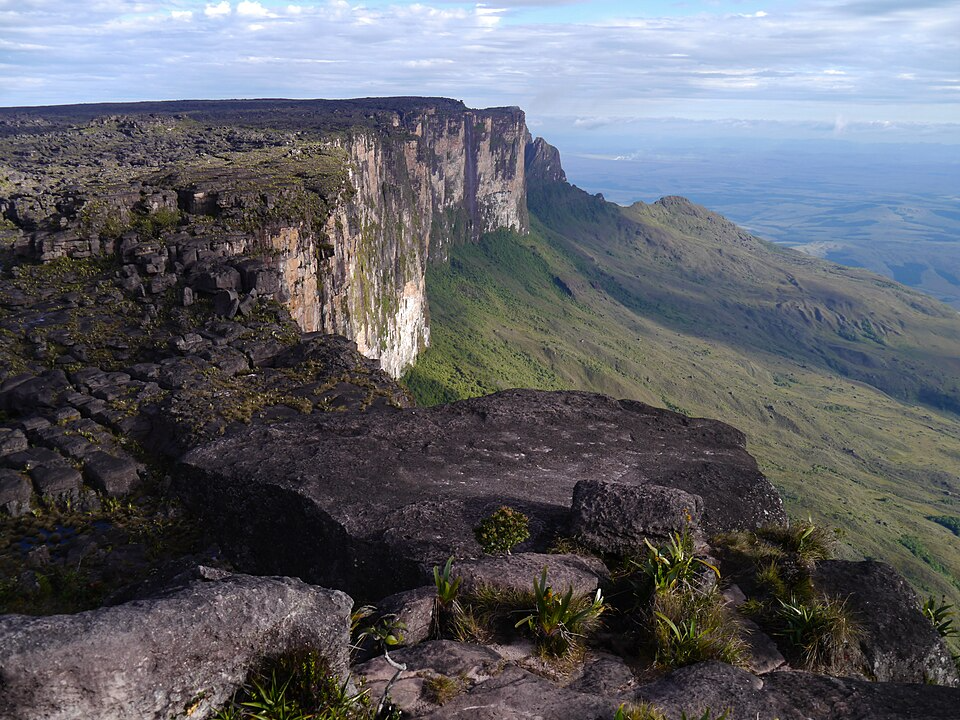
Mount Roraima is a flat-topped mountain located where Venezuela, Brazil, and Guyana meet. Its steep cliffs rise dramatically from the surrounding landscape, making it look almost isolated from the world. The plateau is home to unique plants and animals not found anywhere else. Its unusual geology and constant cloud cover give it an otherworldly appearance.
Indigenous legends describe it as a sacred place, and it has inspired fictional stories for generations. Scientists believe it has been unchanged for millions of years. The difficulty of accessing the summit limits how much is known about its ecosystem. It remains a natural wonder filled with unanswered questions.
Magnetic Hill
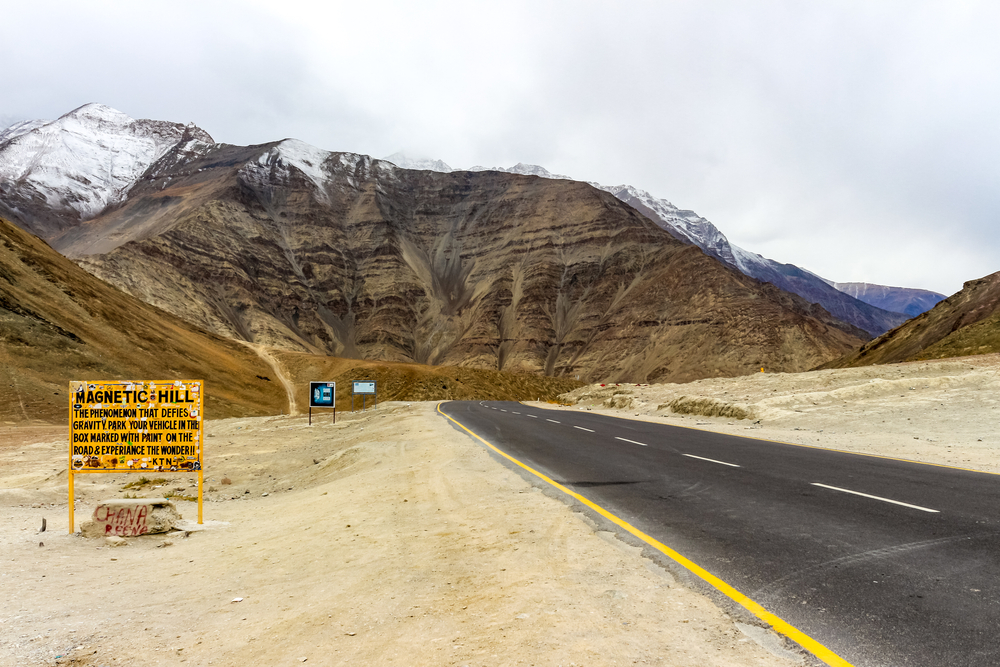
Magnetic Hill, located in various countries including India and Canada, is famous for creating an optical illusion where cars appear to roll uphill. The phenomenon confuses visitors because it seems to defy gravity. In reality, the slope of the land and surrounding landscape create the effect. However, it still draws attention as one of the strangest road experiences.
Tourists often test the effect by parking their vehicles in neutral and watching them move. The exact sensation can vary depending on the location and conditions. Even though the science behind it is understood, the feeling of seeing a car roll uphill continues to amaze. It has become a popular roadside attraction.
Underwater Ruins of Yonaguni, Japan
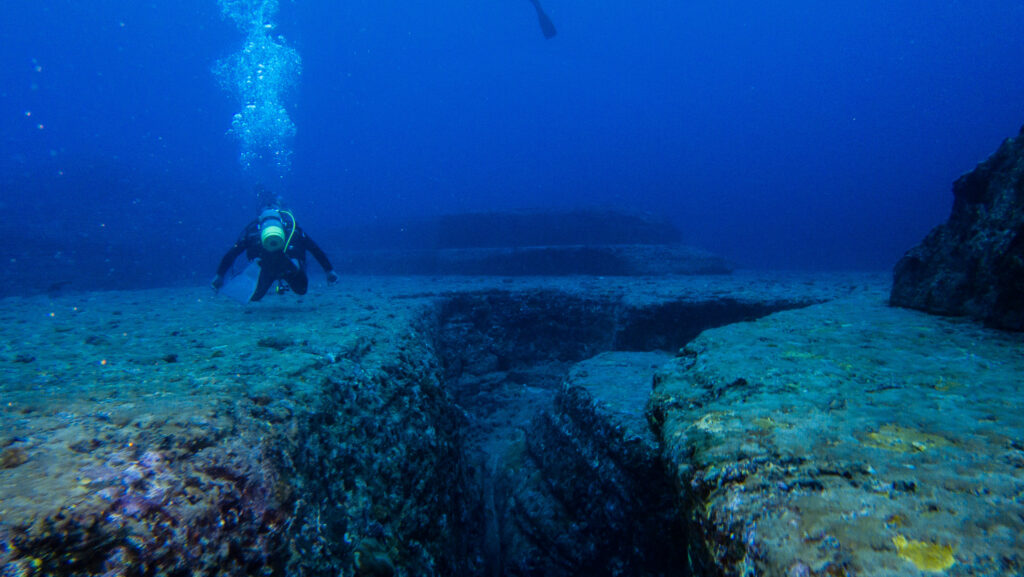
The Yonaguni Monument lies off the coast of Yonaguni Island in Japan. It features massive stone formations that resemble steps, terraces, and pillars. Some researchers believe it is a natural formation, while others think it may be the remains of an ancient civilization. The debate over its origin continues without clear evidence to settle the matter.
Strong currents make exploration difficult, limiting detailed study. Divers have reported signs that suggest human shaping, such as right angles and flat surfaces. Others argue these shapes could result from natural erosion. Until more research is done, the mystery of Yonaguni remains unresolved.
Stonehenge
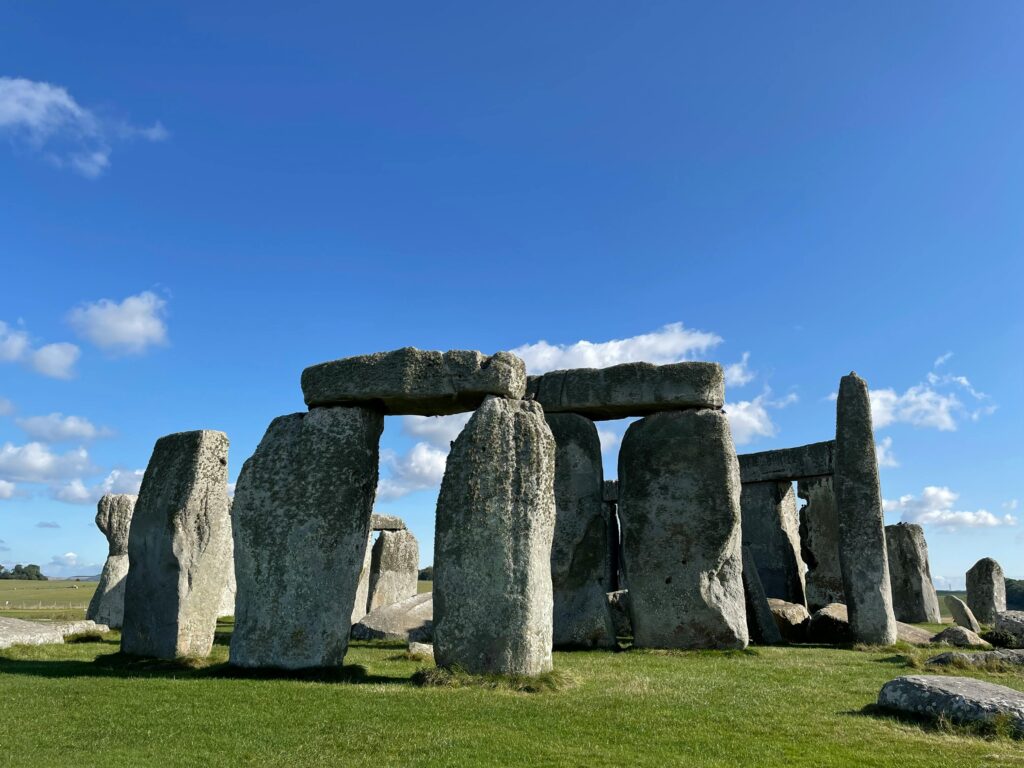
Stonehenge is a prehistoric stone circle located in Wiltshire, England. The massive stones are arranged in a circular layout, and their exact purpose remains uncertain. Some believe it was used for astronomical observations, while others think it served as a ceremonial or burial site. Its construction over 4,000 years ago without modern tools is still impressive.
Transporting the stones, some weighing over 25 tons, from distant locations adds to the mystery. Studies have shown that the site aligns with certain solar and lunar events. Archaeological digs continue to provide clues, but no single theory has been proven. It remains one of the most famous ancient monuments in the world.
Eternal Flame Falls
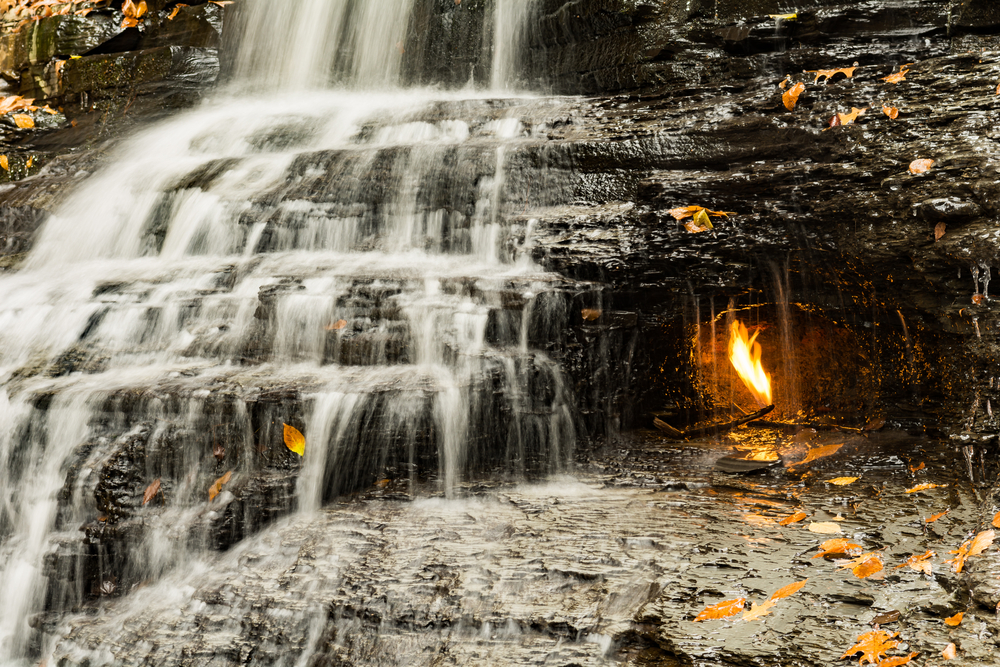
Eternal Flame Falls in New York is a small waterfall with a natural gas flame burning behind it. The flame is fueled by gas seeping through cracks in the rock. While similar natural flames exist, the combination of flame and waterfall is rare. The gas source’s origin and stability are still being studied.
The flame can go out and be relit by visitors. Some scientists believe the gas seep is older than expected for such a phenomenon. Its location in a quiet forest adds to its charm. It remains a unique natural site that blends fire and water.
Circles of Namibia
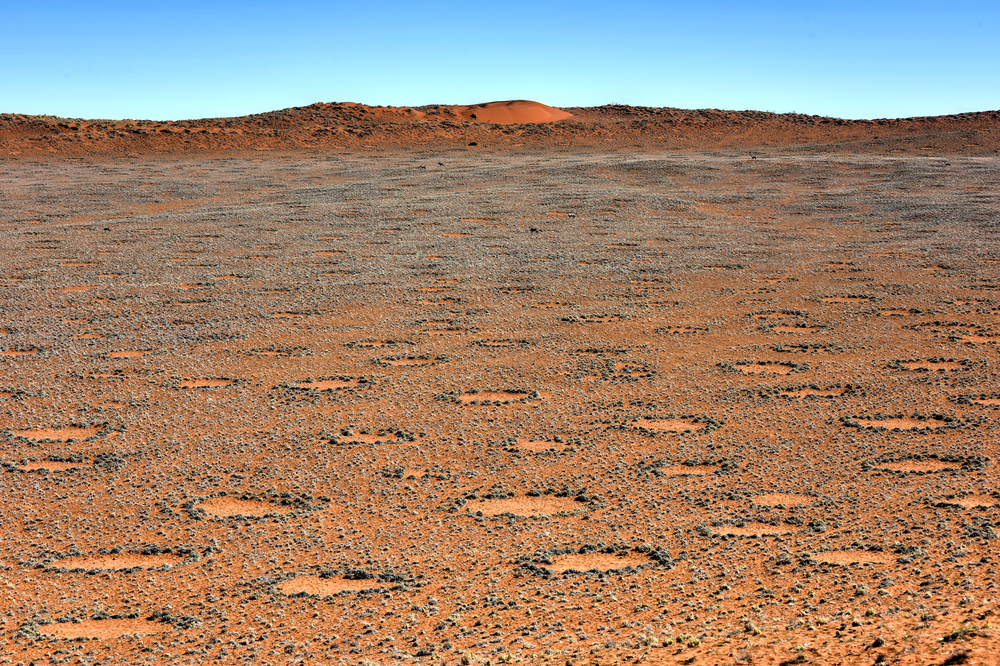
The Circles of Namibia are mysterious patches of bare ground surrounded by vegetation in the Namib Desert. They vary in size and form a striking pattern across the dry landscape. Scientists have proposed explanations involving termites or plant competition for water, but there is no agreement. The circles can last for decades before fading.
Their remote location makes research challenging. Similar formations have been found in other parts of Africa and Australia. The exact process behind their creation is still debated. They continue to attract researchers and photographers from around the world.
Lake Natron, Tanzania
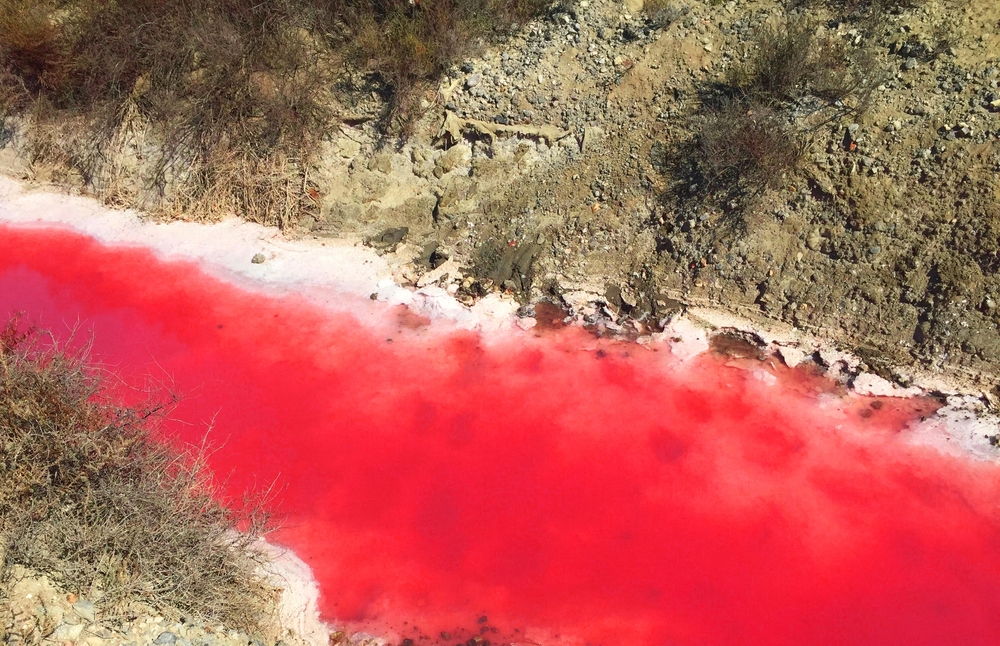
Lake Natron in Tanzania is known for its extreme alkalinity and high temperatures. Its waters can reach a pH of 10.5, making them dangerous for many forms of life. Minerals in the lake preserve the bodies of birds and other animals that die in it, leaving them calcified. This gives the lake a striking yet eerie appearance.
Despite the harsh conditions, some species like flamingos thrive there. The red color of the water comes from microorganisms that live in the salty environment. The combination of beauty and danger makes it a unique natural site. Scientists continue to study how life survives in such an extreme habitat.
Kawah Ijen, Indonesia
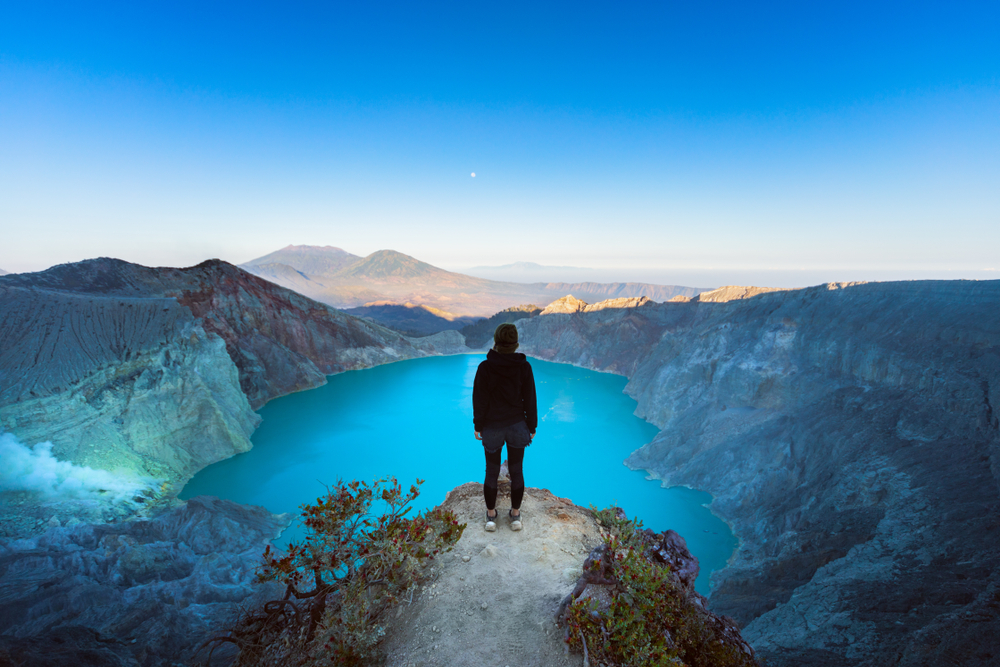
Kawah Ijen is a volcanic crater in East Java, Indonesia, famous for its bright blue flames. These flames are caused by sulfuric gases that ignite when they contact air. The crater also holds a striking turquoise lake with highly acidic water. The combination of fire and water in this setting is rare.
Sulfur miners work in harsh conditions, collecting sulfur from the crater. The gases can be dangerous, and the steep climb makes access difficult. The phenomenon is most visible at night, adding to its dramatic effect. It remains one of the most visually striking volcanic sites in the world.
Devil’s Kettle Falls
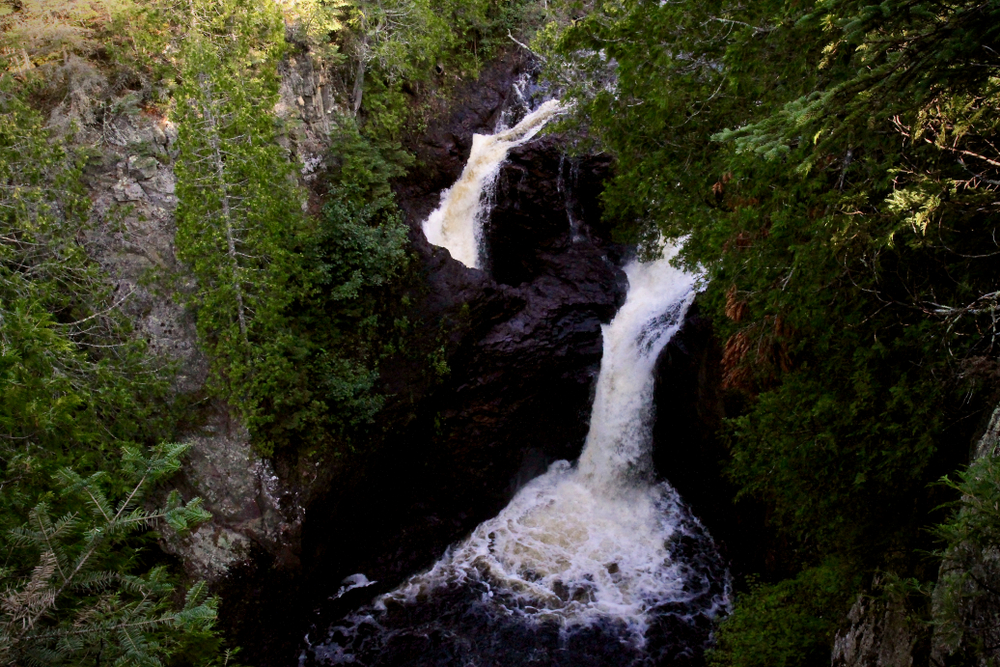
Devil’s Kettle Falls in Minnesota features a split waterfall where one side flows into a river, and the other disappears into a hole in the rock. For years, no one knew where the water from the hole ended up. Scientists recently found that it rejoins the river underground, but the exact path is still unclear. The unusual split has long puzzled visitors.
The falls are located in Judge C. R. Magney State Park. The area’s unique geology may contribute to the phenomenon. The mystery persisted for decades because tracking the water’s flow was difficult. It remains a popular destination for hikers and nature lovers.
The Mauritanian Richat Structure
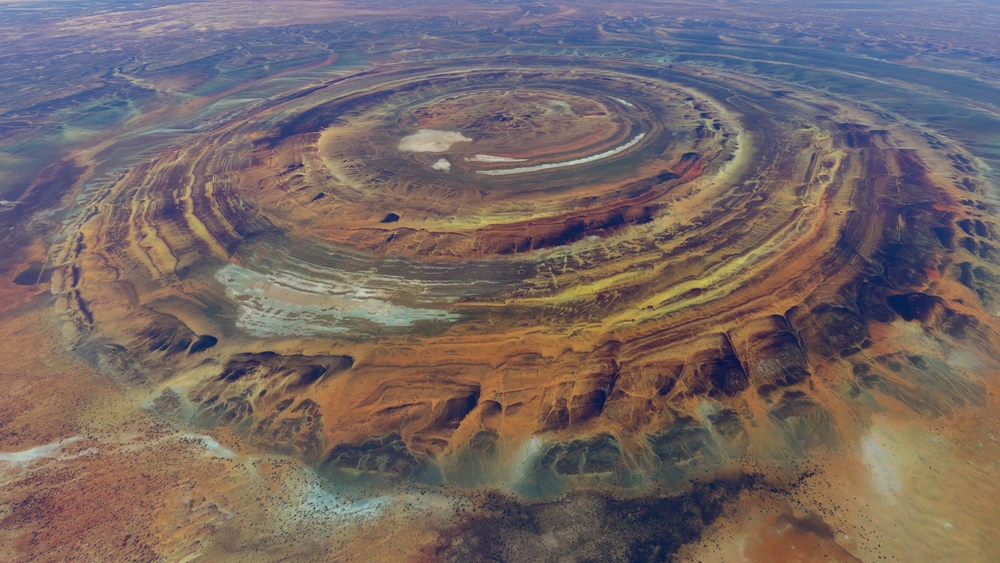
The Richat Structure, also known as the Eye of the Sahara, is a massive circular formation in Mauritania’s desert. Measuring about 40 kilometers across, it is visible from space. Scientists believe it is a deeply eroded geological dome, but its near-perfect circular shape has led to many theories. Some have linked it to ancient impact craters or even lost civilizations.
Its location in a remote desert makes detailed study challenging. The structure consists of layers of rock that date back millions of years. While its origin is generally agreed to be natural, the exact process of its formation is still debated. Its striking appearance continues to spark curiosity.
Across the globe, certain places stand out for their beauty, history, and unanswered mysteries. They invite people to imagine, question, and look closer at the world around them. While research may uncover more about their origins, part of their charm lies in what remains unknown. Seeing them in person can be an unforgettable experience that lingers in memory.
This article originally appeared on Avocadu.
